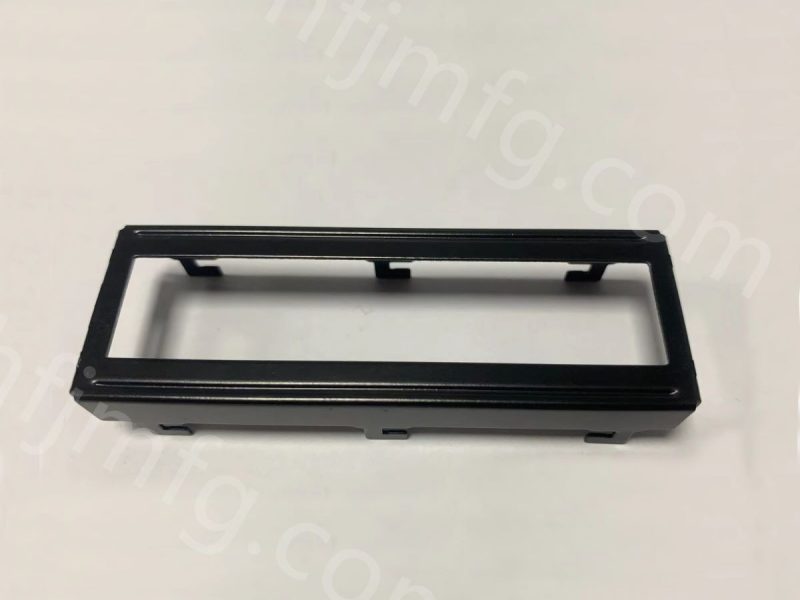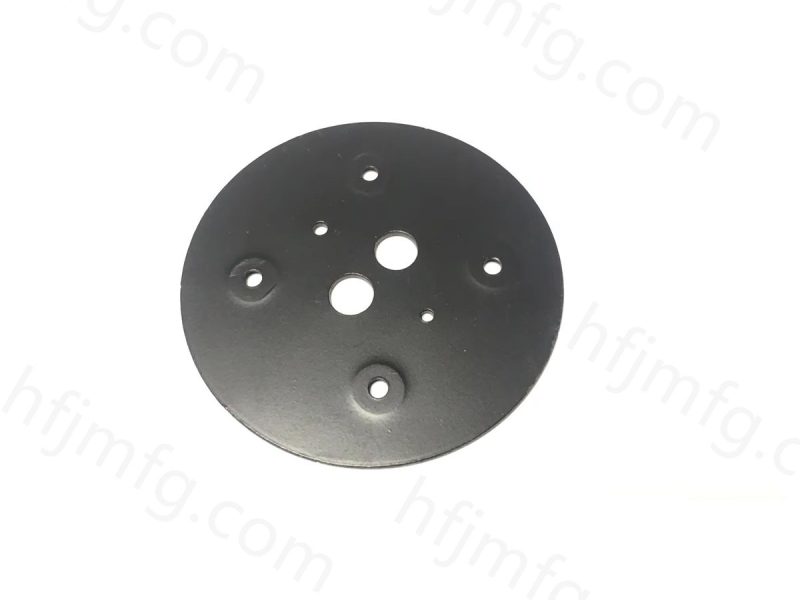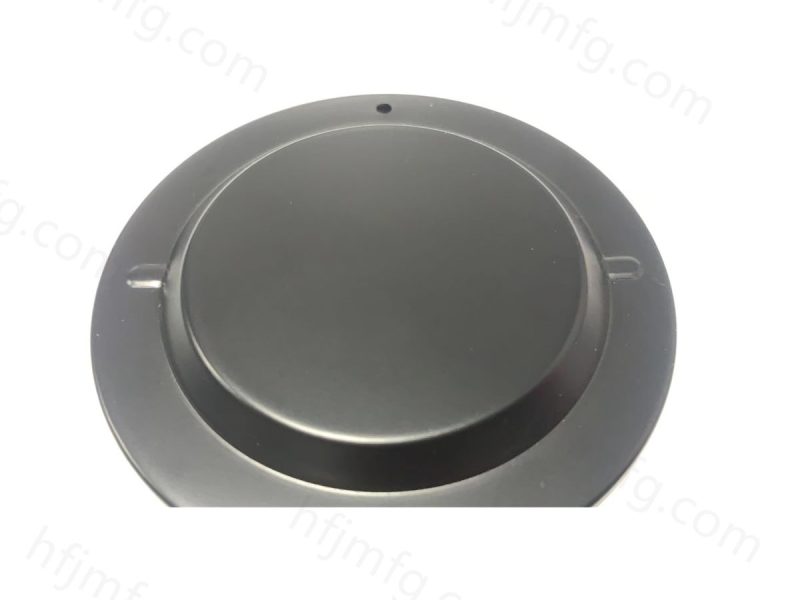Surface Finish Service
Anodizing Surface Finish
Anodizing is an electrolytic passivation process used to increase the thickness of the natural oxide layer on the surface of metal parts.
The process is called anodizing because the part to be treated forms the anode of an electrolysis cell. Compared to bare metal, anodizing improves corrosion and wear resistance, and provides better adhesion to primers and glues. You can choose different color for a variety of cosmetic effects, either with thick porous coatings to absorb dyes or with thin clear coatings to increase the interference effects of reflected light.
We have rich experience to make your anodized parts with UV-anti effect.
Many featured custom products are not shown on the website due to signing NDAs with customers.
Liquid Painting Finish
Liquid painting is thinner than powder coating, which is an advantage when the finished product requires very tight tolerances during final assembly.
Liquid painting is an excellent alternative to powder coating. This can happen when powder coating colors are too difficult or too time-consuming to blending and matching.
A great liquid painting surface makes your product a higher level.
The most important, you can choose almost any color that you prefer by telling us Pantone code.
Many featured custom products are not shown on the website due to signing NDAs with customers.
Powder Coating Finish
Powder coating is a coating applied in the form of a free-flowing dry powder. It isusually applied electrostatically and then cured under heat or with UV light. Because powder coating does not have a liquid carrier, it produces minimal appearance differences between horizontally coated surfaces and vertically coated surfaces.
Powder coating makes surface to be uniform, corrosion-resistant and smooth or with texture.
HFJ provides normal and anti-UV powder coatings with different colors.
Many featured custom products are not shown on the website due to signing NDAs with customers.
Electrophoretic coating
Electrophoretic coating is a new type of protective and anti-corrosion coating.
Advantages:
1) Environmental and energy-saving;
2) Smooth film, excellent water and chemical resistance;
3) Work well to coat workpieces with complex shapes, edges, corners and holes(hard to reach areas);
4) HFJ is able to customize a variety of electrophoresis colors according to your requirements;
5) Often used as a primer to improve corrosion protection.

Electroplating Finish
Electroplating is widely used to improve the surface qualities of objects.
For example, resistance to abrasion and corrosion, lubricity, reflectivity, electrical conductivity, or appearance.
It may also be used to add thickness on undersized or worn-out parts, or for making metal plates with complex shape.
Advantages and Examples:
1) Nickel plating improves corrosion resistance, reduces contact resistance as well as surface hardness.
2) Tin-plated steel is chromium-plated to prevent dulling of the surface due to oxidation of tin.
3) Different colors available to change the outward appearance.
4) Electroplating would cause mechanical change, such as tensile strength or surface hardness which is a required attribute in tooling industry.
Many featured custom products are not shown on the website due to signing NDAs with customers.
Laser Engraving
Laser engraving is to use laser beam to permanently etch lines, logos or any other information on the product.
During the process, the cover layer of material vaporizes, creating little or no depth, but usually a high-contrast marking. The process is similar to cutting, except only the top layer is vaporized. Laser etching performs well on materials with two or more layers, e.g. coated metals, anodized aluminum and engraver plastics.
Many featured custom products are not shown on the website due to signing NDAs with customers.
Laser Engraving Gallary
Many featured custom products are not shown on the website due to signing NDAs with customers.
Silk Screen Printing
Screen printing is a printing technique that uses meshes to transfer ink to the substrate, except for areas that are impermeable to ink by blocking the screen.
Compared with traditional printing technology, screen printing is more versatile. Unlike etching or lithography, the surface does not have to be printed under pressure does not have to be flat. Different inks can be used for various materials, such as textiles, ceramics, wood, paper, glass, metal and plastics. Therefore, screen printing is used in many different industries
Many featured custom products are not shown on the website due to signing NDAs with customers.
- All uploads are secure and confidential.




